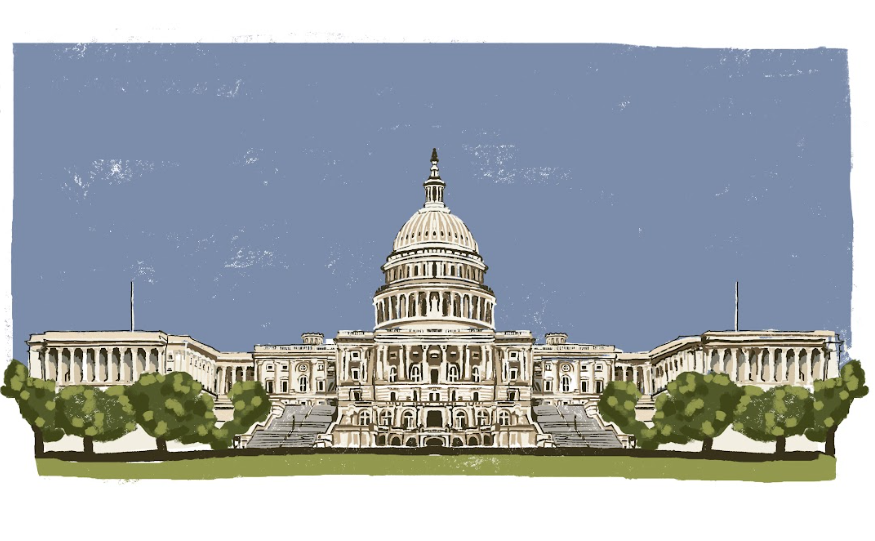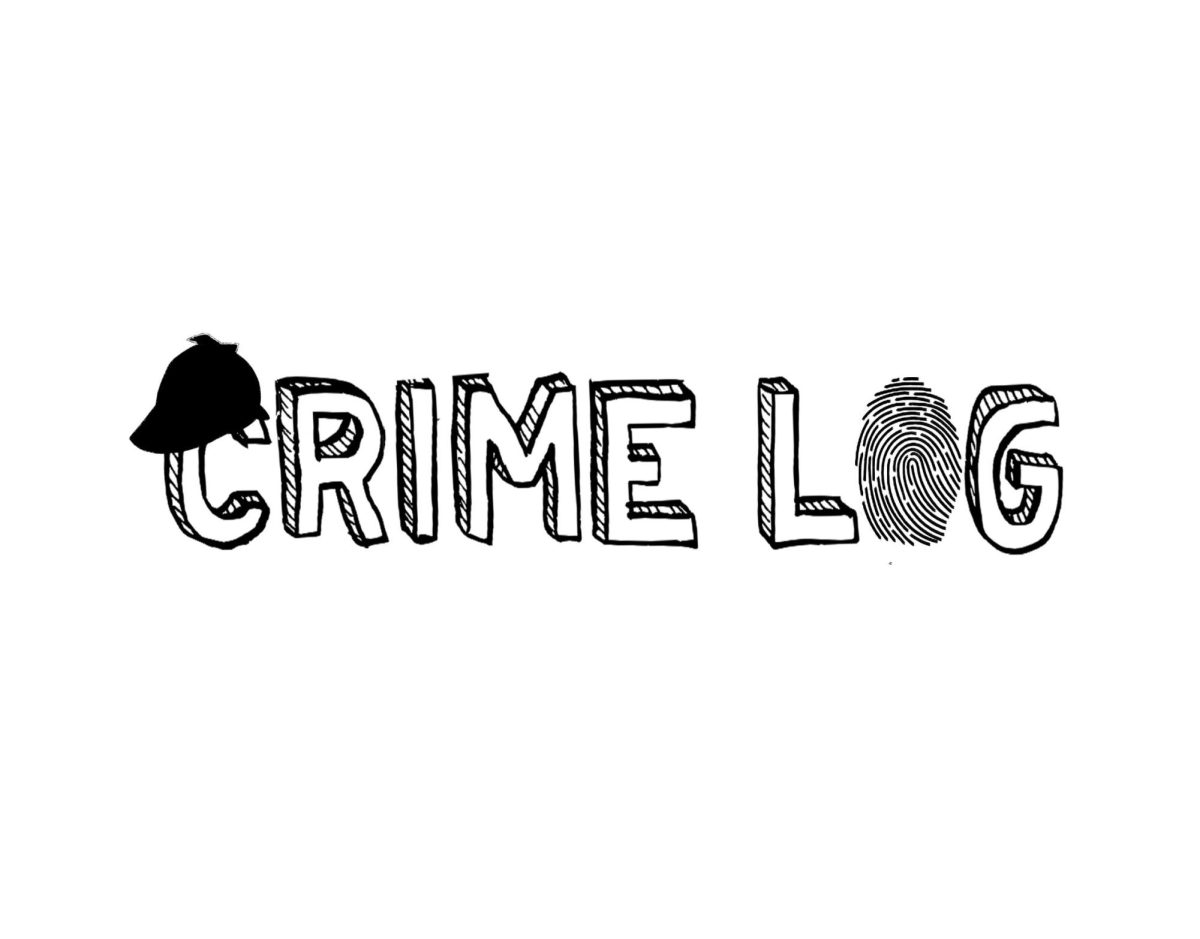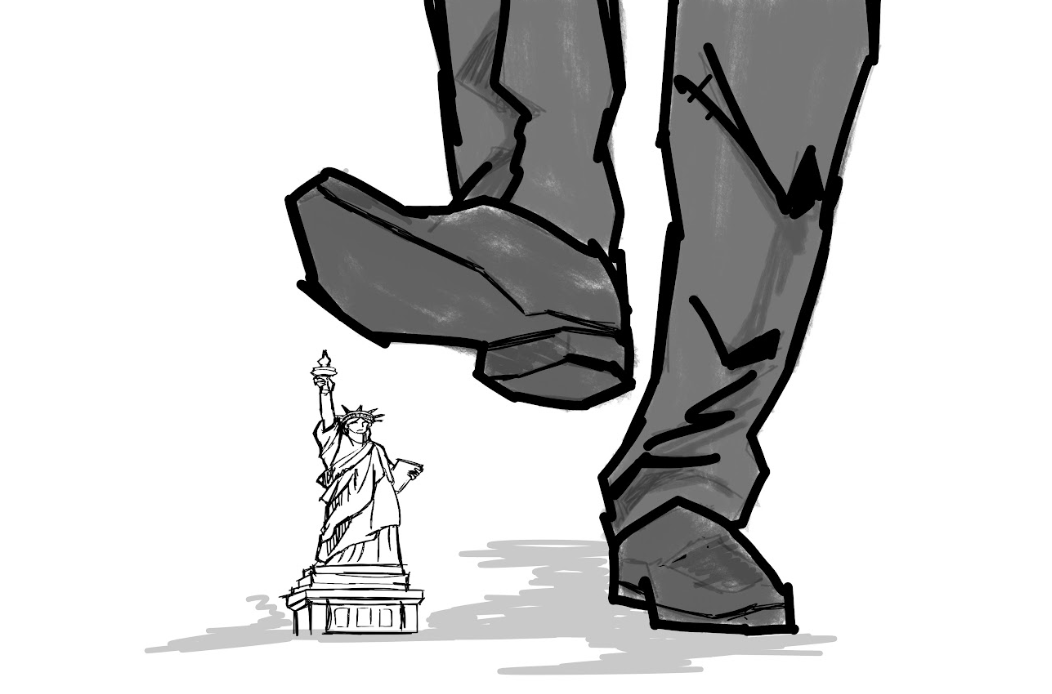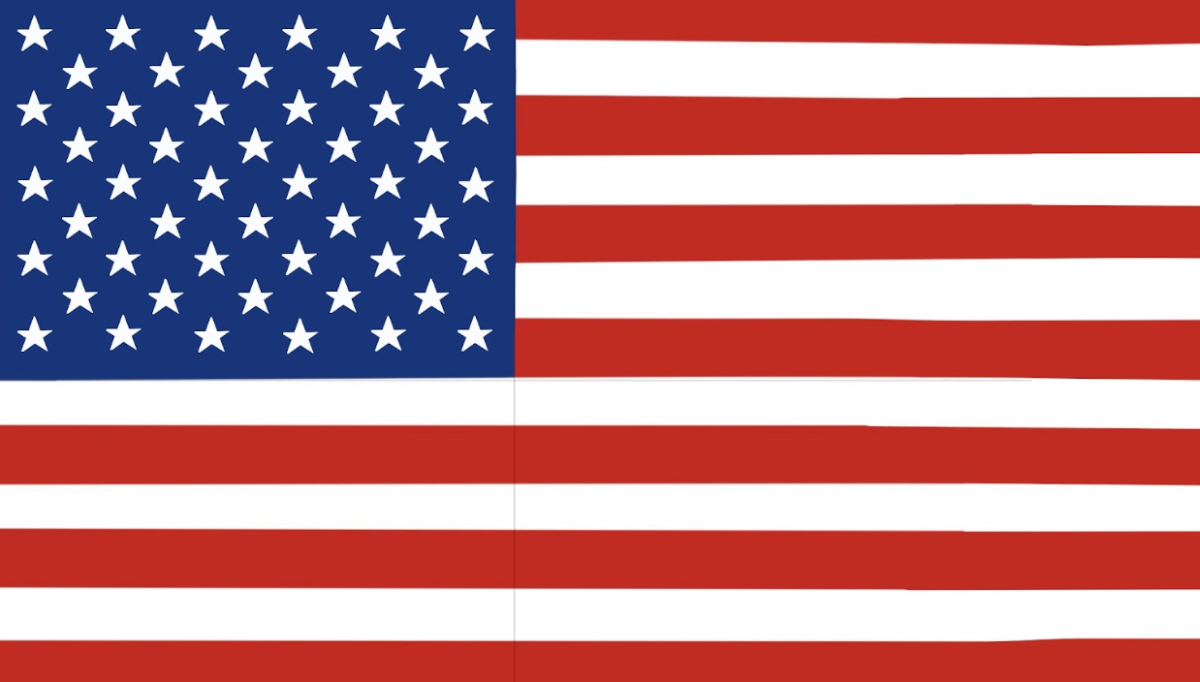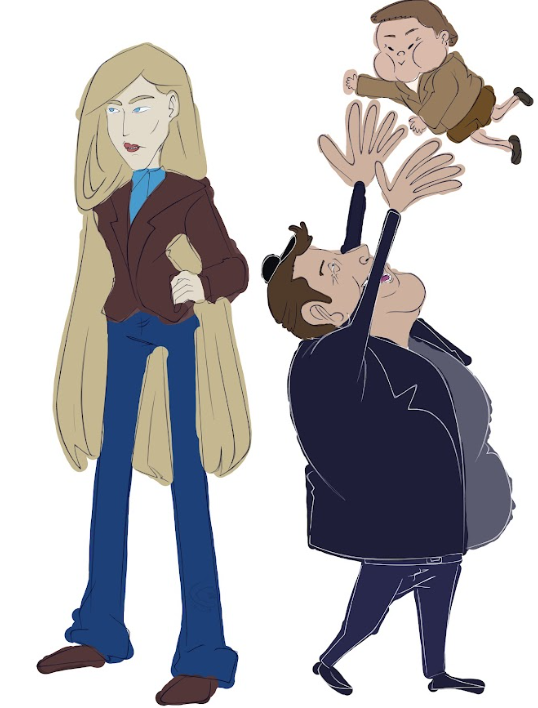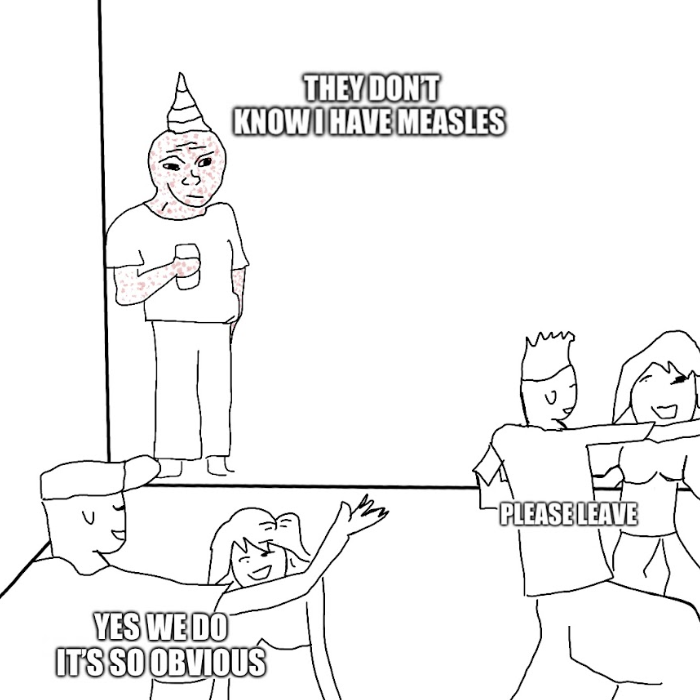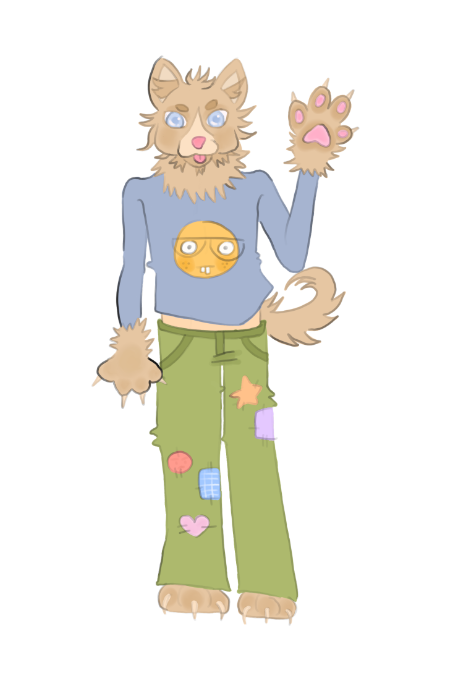Most of us have been there, in a position where we want new clothes but cannot afford to splurge on a shopping spree, where our online shopping cart stacks up yet we cannot bring ourselves to spend hundreds on a few pieces. The pressure intensifies during the back-to-school season and even worse on paydays. Even with enough money, it feels wrong to spend so much on clothes. What have most of us turned to as a result? Fast fashion brands.
Fast fashion can be defined as cheap, trendy clothes that are rapidly produced. Fast fashion copies the pieces most recently seen on celebrities or on the catwalk but are mass-produced and sold for much cheaper. It sounds harmless at first, fashionable clothes for less, what could be the problem? The industry negatively impacts the environment and causes harm to garment workers who are forced to labor in inhumane conditions.
When it comes to our planet, fast fashion causes detrimental harm. According to Earth.org, 92 million tons of textile waste is produced yearly. If the trend continues, this number is expected to jump to 134 million tons by 2030. Garment production also requires large amounts of energy. The fashion industry alone is responsible for approximately 8% of global carbon emissions, contributing more than the aviation and shipping sectors combined. It does not stop there –– the fashion industry also contributes to 20% of global wastewater and is the second-largest consumer industry of water. According to Business Insider, it takes approximately 700 gallons of water to make one cotton shirt and 2000 gallons to produce a pair of jeans. The fashion industry is also accountable for water pollution, with textile dyeing being the world’s second-largest water pollutant. The dyeing process uses enough water to fill two million Olympic-sized swimming pools annually. The fashion industry is causing considerable environmental harm, and most of us are feeding into the problem.
While the fashion industry contributes to significant amounts of waste and pollution, the consumption of clothes continues to rise. The world’s consumption of clothes has increased 400% in the last 20 years, while clothing utilization has decreased. Since 2000, the average number of times a clothing item was worn has dropped by 36%. Thanks to the rise and fall of trends, many individuals choose not to repeat items. This could be due to many believing it decreases the value of their choices, or perhaps because they are self-conscious about others remembering their outfits or clothes. The truth is, everybody is too busy worrying about themselves to think about the clothes the people around them are wearing and repeating. It is possible to wear stylish pieces without harming the environment, and without harming people. Aside from the negative impact fast fashion has on the environment, it causes harm to workers as well.
The fast fashion industry is excruciatingly labor-intensive and extremely inhumane. For fast fashion brands to produce clothes so quickly at such a low cost, the production cost has to remain low as well. This is done by exploiting workers and paying them absurdly low wages despite their hard work and intense hours. Brands get away with this in countries with unstrict, low-standard labor laws. It was reported that between 2012 and 2015, excessive overtime was found in 97% of the 36 garment factories in Bangladesh. In another report, it is stated that garment workers work 14 to 16 hours a day, seven days a week. In severe cases, some laborers are not paid at all, even for overtime, and for some, termination is threatened if they do not comply with working overtime.
Alongside the low pay and overindulgent hours, most garment workers experience harassment and abuse in the workplace. According to a 2022 report on workplace abuse of female workers in India, it was found that every woman spoken to had either experienced or witnessed gender-based violence and harassment. Such reports were gathered from 90 women in 31 garment factories.
On top of these extreme conditions, garment laborers tend to work in unsafe environments. In most of these factories, employees are forced to work with no ventilation, which puts their physical health and well-being at risk as they are constrained to unbearable temperatures and forced to breathe in toxic substances and fiber dust. Most workers regularly face verbal and physical abuse and are denied breaks on top of not being allowed water.
Supporting brands that force workers to face these conditions makes us just as responsible for the consequences as the people in charge. Some of the big fast fashion brands include Forever 21, H&M, Adidas, Zara, Urban Outfitters, Fashion Nova, Shein, Pretty Little Thing, Nasty Gal and more.
There are many ethical ways to buy clothes and maintain a creative, fashionable wardrobe. Thrifting and upcycling are great go-to’s, as well as transforming the clothes you already own or making your own. There are countless small businesses to shop from or other brands that do not fall under the category of fast fashion. Of course, you might have to spend the extra penny, but it is worth it to consider the adverse effects fast fashion has on our planet and our society. Do not turn a blind eye to the problems this industry brings. Repeat clothes and outfits, thrift more and give those hand-me-downs a chance. After all, you will be more likely to have a unique style if you avoid shopping on Shein.




